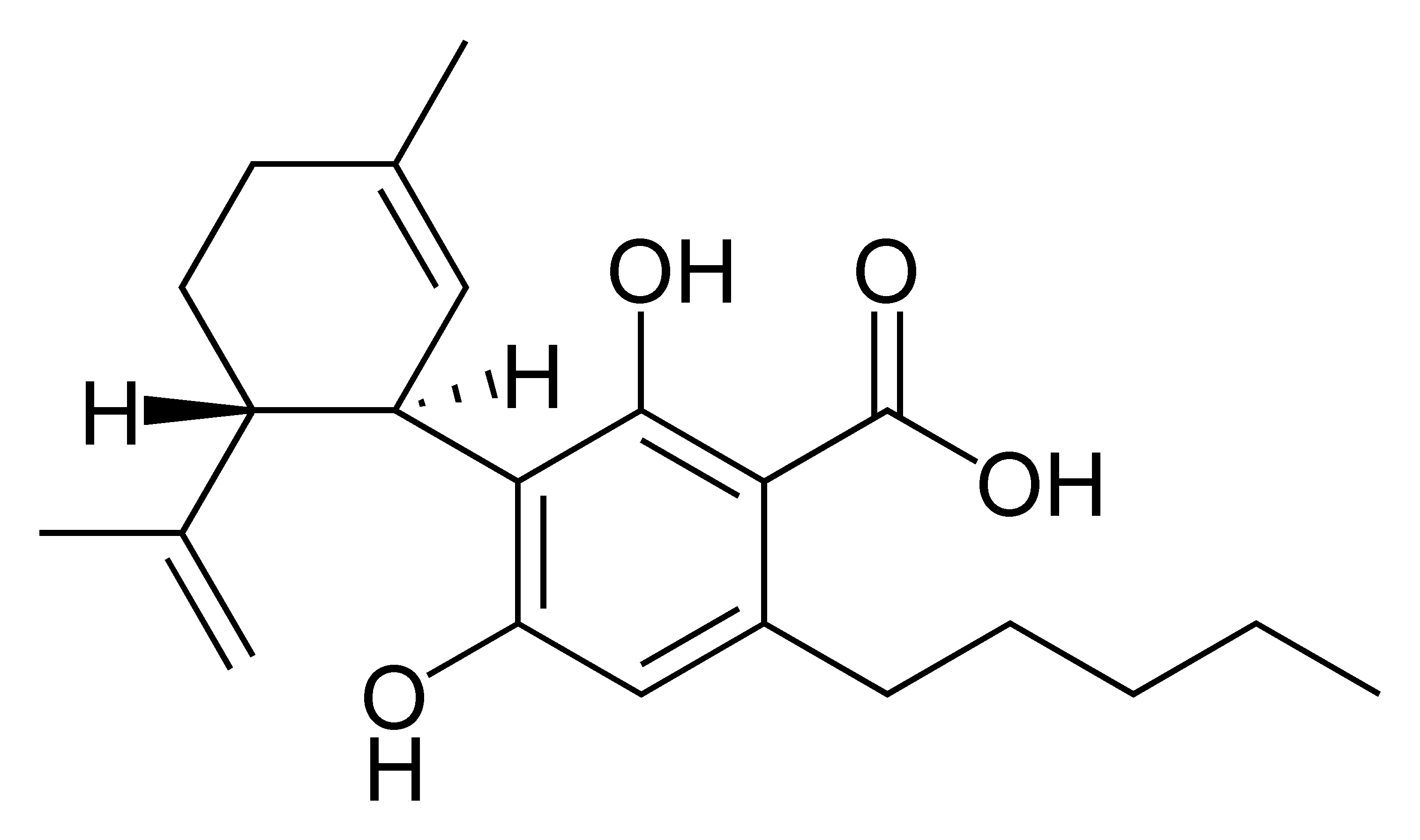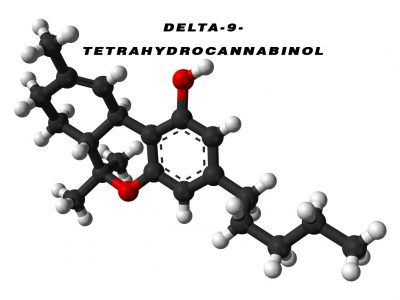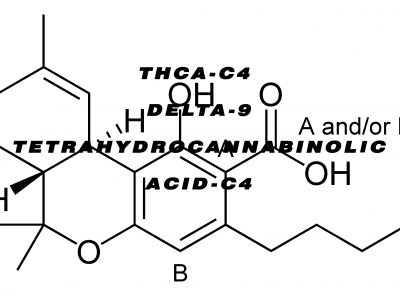The Profile of Cannabidiolic Acid – 248 – CBDA

Humans have a long history of marijuana or cannabis plant. There is still a lot to be known about this unique plant. As per some experts, it is the oldest cultivated agricultural crops. Both flowers and hemp seeds were once eaten by many ancestral communities. The flowers of cannabis are also included with some other crude herbal preparations like saffron and beer, an early form of medicine. Cannabis is quite unique as it has the ability to produce many cannabinoids such as Cannabidiolic acid – CBDA and some other famous compounds tetrahydrocannabinol – THC and Cannabidiol – CBD. In this post, let us have a look at CBDA and some of its distinctive properties.
Cannabidiolic Acid – CBDA is found in Small Quantity
You might not believe it but CBD is found on growing a cannabis plant in very small quantity. When we speak of growing plants, CBD is present as Cannabidiolic acid – CBDA. In fact, CBD is formed once the plant is heated, cut and dried. A cannabis flower experiences major transformations once they dry. In fresh cannabis flower, these active components are present as acids. However, when we say raw cannabis, we refer to flowers and fresh leaves that are not yet dried, cured or even heated. CBDA is among the 113 estimated compounded which are known as cannabinoids and present in the cannabis plant. Unfortunately, the majority of research work has been done on activated CBD and psychoactive THC but not CBDA. By this, we mean that a very little information is available about CBDA and is subject to change. At best, it can be considered as the preliminary evidence. The process that is used to transform the CBDA into CBD is called decarboxylation. Heating, baking or lighting cannabis removes the CBDA acid group and converts it into CBD.
The Advantages of CBDA
As stated earlier, the significant research on CBDA is still lacking. But the preliminary studies suggest that CBDA can be helpful in distinct four therapeutic areas. These include;
Inflammation – the lab research indicated that CBDA has anti-inflammatory properties. One of the examples of such inflammatory condition is Arthritis.
Vomiting and Nausea – As per the rodent research, for a queasy stomach, some raw cannabis juice can be quite helpful. The research also suggested that cannabinoid cut down vomiting and it is actually a lot more powerful compound in alleviating an upset stomach.
Anti-cancer – A research conducted in 2012 suggest that CBDA halted the fast migration in breast cancer cells which are cultured out of the body. However, the clinical trial is yet to be done, the cannabinoid showed some great positive effects in terms of highly invasive breast cancer form.
Where Can You Find CBDA?
The high levels of CBDA are found in various raw materials that are taken from CBD cultivators (high). This may include CBD dominant plants and hemp cultivars sold in various legal and medical cannabis dispensaries. Indeed, you can easily add CBDA in your regular diet in several ways including salads, juices, tinctures, cold sauces, lightly steamed leaves, garnishes etc.






